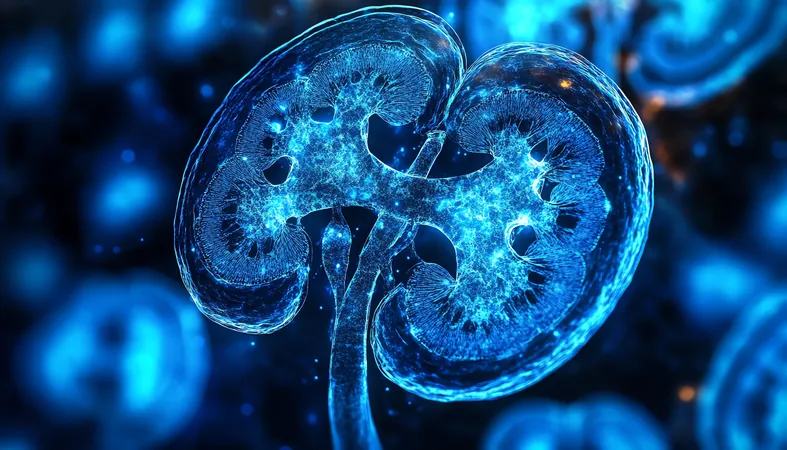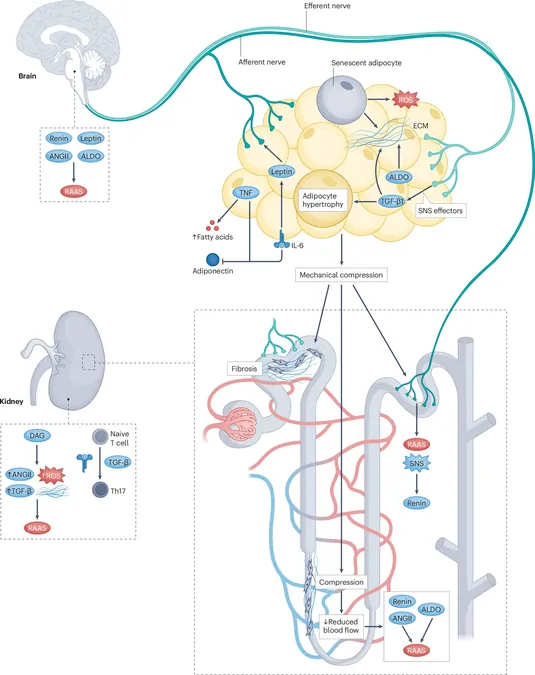
Unveiling the Mysteries of Oxygen on Europa and Ganymede: The Role of Plasma and Thermal Processes
2025-04-09
Author: Wei Ling
Exploring Molecules in Space: Oxygen at Europa and Ganymede
A groundbreaking study delves into the intriguing processes that govern the formation and behavior of molecular oxygen (O2) on two of Jupiter's icy moons, Europa and Ganymede. Following the iconic Voyager missions, scientists revealed that these moons' surfaces are intricately linked to the ambient plasma surrounding them, which complicates our understanding of their icy shells.
The Evolving Atmospheric Dynamics of Europa and Ganymede
Recent observations have confirmed the presence of O2 at Europa, inferred from stunning aurorae and detected condensed O2 bands on Ganymede's surface. Remarkably, data from NASA's Juno spacecraft has shown that these oxygen atmospheres exhibit unique dusk/dawn enhancements, hinting at underlying processes still shrouded in mystery.
The Dance of Defects and Volatiles
At the heart of these phenomena lies the interaction between incoming plasma and the surfaces of these moons. This interaction creates a non-equilibrium defect density within surface grains, leading to the formation of voids and volatile molecular products. While some of these volatiles escape into space, others remain trapped, forming gas bubbles that may eventually migrate to the subsurface oceans.
Annealing vs. Trapping: A Battle for Oxygen
The competition between trapping and the annealing of radiation damage plays a crucial role in determining the fate of O2 on these celestial bodies. Differences in oxygen band formations on Europa and Ganymede offer insights into their unique geophysical processes, with latitude-specific trends observed on Ganymede's trailing hemisphere.
Understanding O2 Variability and Its Implications
This research sheds light on the significance of both condensed and adsorbed O2 as key atmospheric components, helping explain the observed temporal variability and the curious dusk/dawn phenomena. The interplay of plasma and thermal annealing timescales offers a window into understanding how these processes might influence the evolution of other oxidants thought to be linked to geological activity on these enigmatic moons.
A New Chapter in Moon Exploration
As we continue to explore Europa and Ganymede, unlocking the mysteries of their oxygen dynamics could pave the way for understanding potential life and geological activity beyond Earth. Stay tuned as we uncover more secrets hidden beneath the icy exteriors of these fascinating worlds!





 Brasil (PT)
Brasil (PT)
 Canada (EN)
Canada (EN)
 Chile (ES)
Chile (ES)
 Česko (CS)
Česko (CS)
 대한민국 (KO)
대한민국 (KO)
 España (ES)
España (ES)
 France (FR)
France (FR)
 Hong Kong (EN)
Hong Kong (EN)
 Italia (IT)
Italia (IT)
 日本 (JA)
日本 (JA)
 Magyarország (HU)
Magyarország (HU)
 Norge (NO)
Norge (NO)
 Polska (PL)
Polska (PL)
 Schweiz (DE)
Schweiz (DE)
 Singapore (EN)
Singapore (EN)
 Sverige (SV)
Sverige (SV)
 Suomi (FI)
Suomi (FI)
 Türkiye (TR)
Türkiye (TR)
 الإمارات العربية المتحدة (AR)
الإمارات العربية المتحدة (AR)